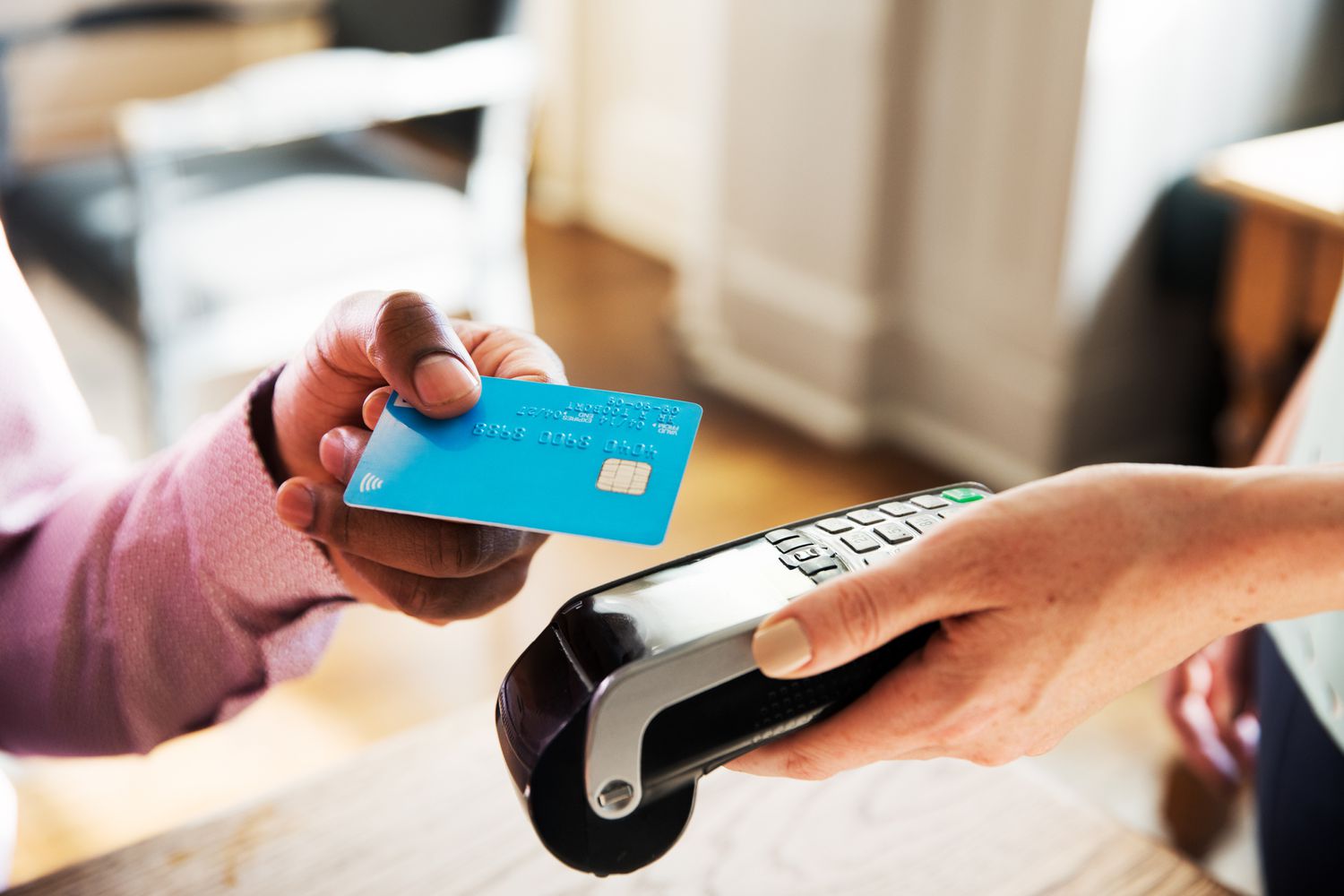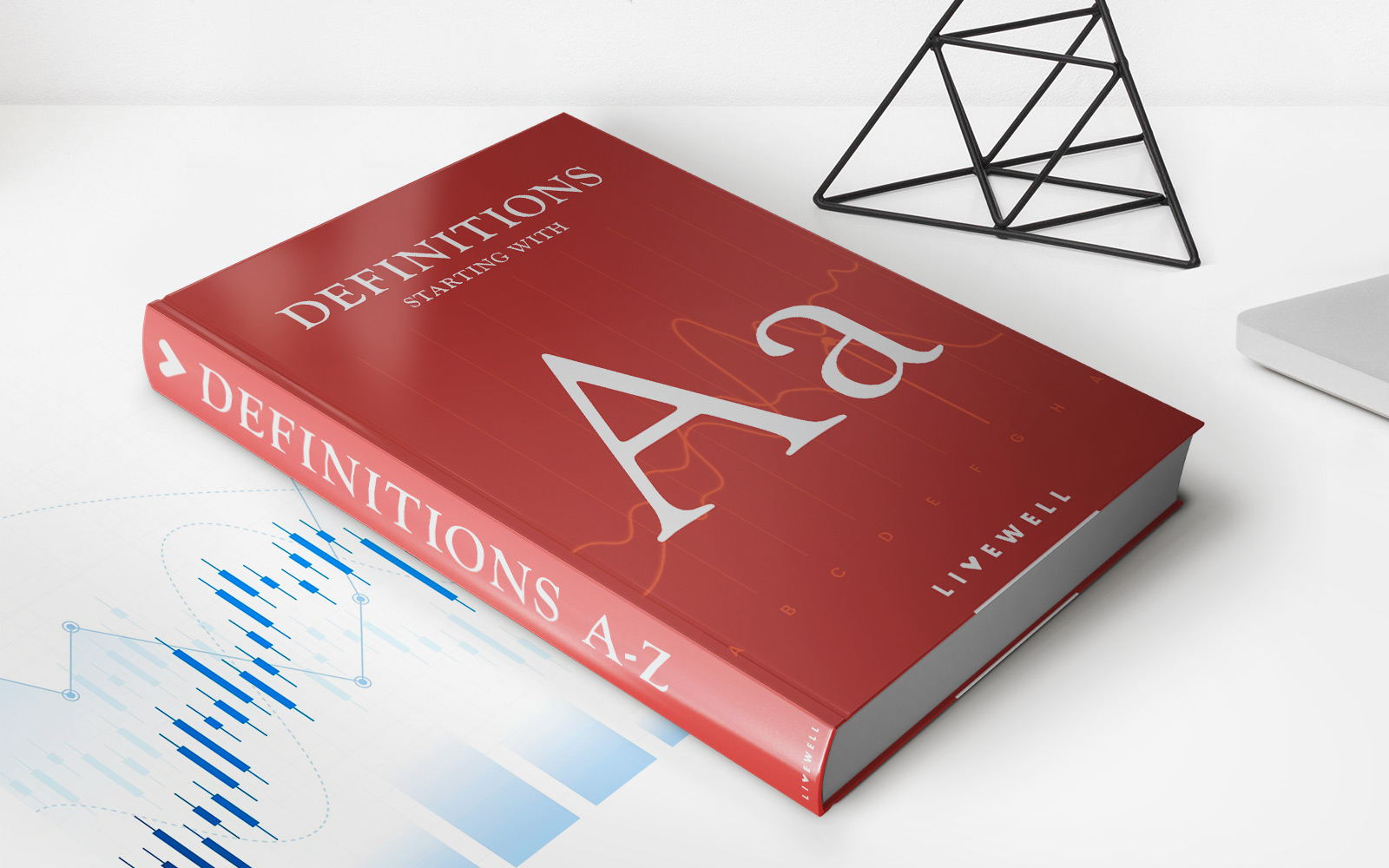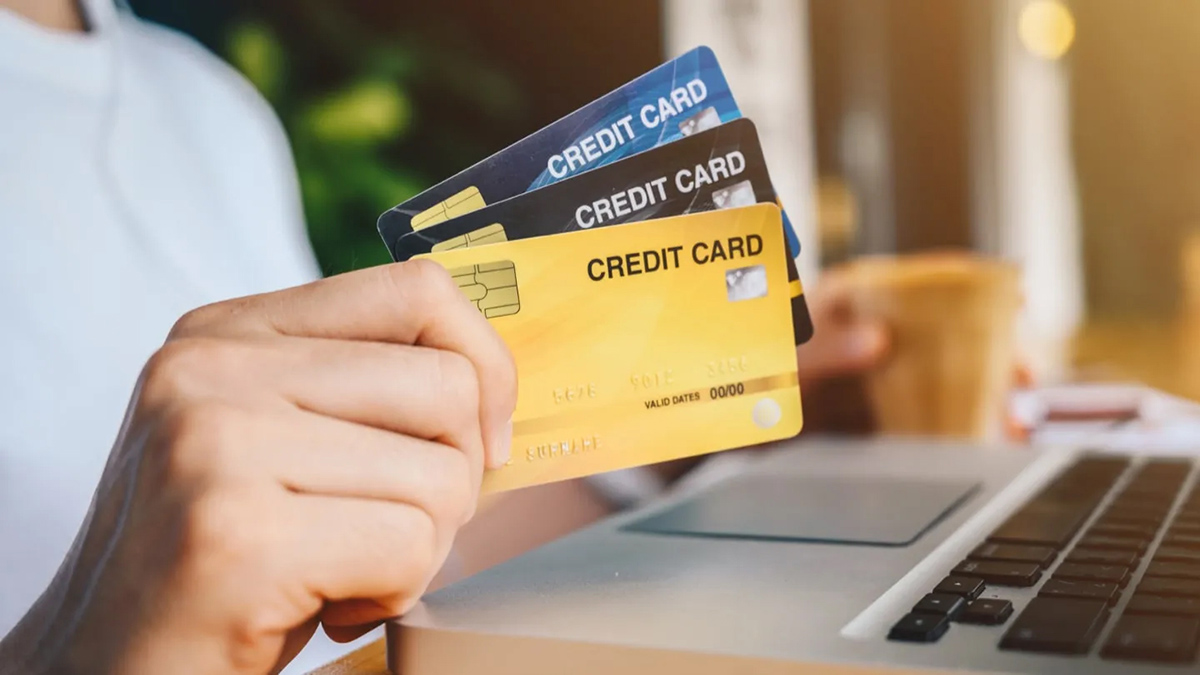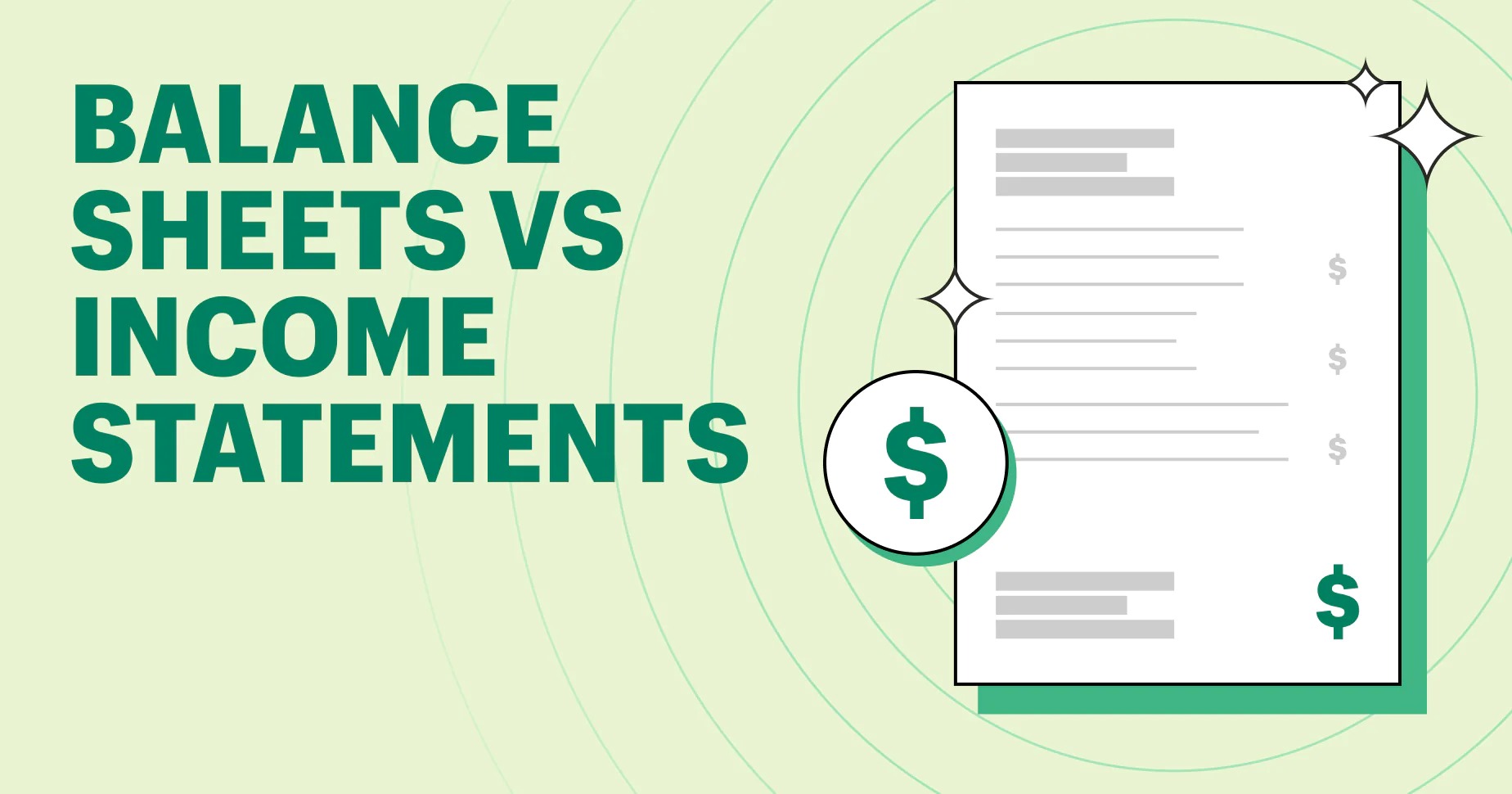Home>Finance>What Is A Credit Card Balance? Definition And What’s Included
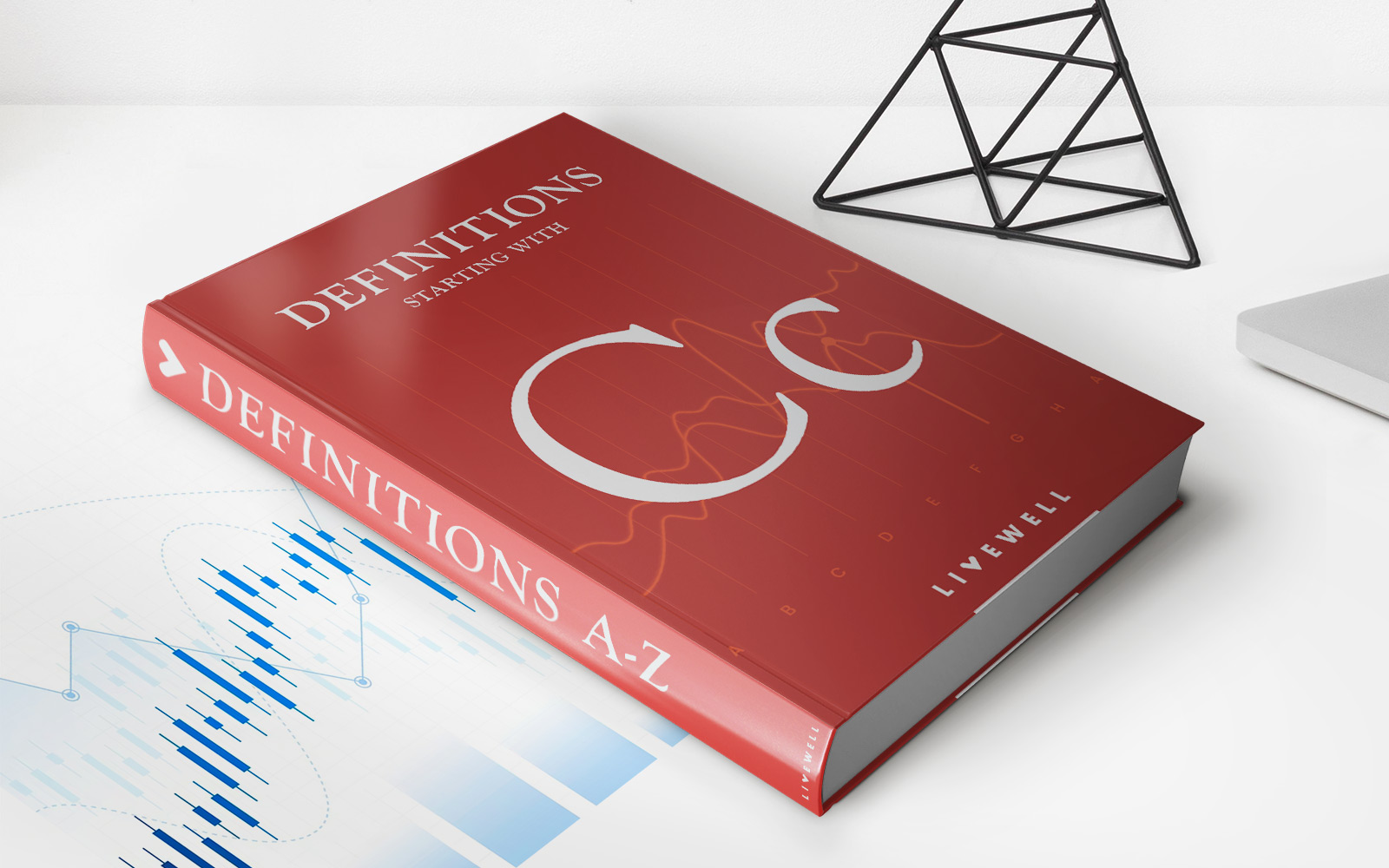

Finance
What Is A Credit Card Balance? Definition And What’s Included
Modified: December 29, 2023
Learn the definition of a credit card balance and understand what it includes. Get insights on finance and managing your credit.
(Many of the links in this article redirect to a specific reviewed product. Your purchase of these products through affiliate links helps to generate commission for LiveWell, at no extra cost. Learn more)
Understanding Credit Card Balance: A Comprehensive Guide
When it comes to managing your finances, understanding the ins and outs of credit card balances is crucial. Whether you’re a first-time credit card user or a seasoned pro, having a clear understanding of what a credit card balance entails can help you make smarter financial decisions and maintain a healthy credit score. In this article, we’ll break down the definition of a credit card balance and explore what’s included in it.
Key Takeaways:
- A credit card balance refers to the total amount of money you owe to the credit card issuer for the purchases and transactions you’ve made using your credit card.
- It includes both the principal amount you’ve charged on the card and any interest, fees, or other charges that have been added to your account.
What Exactly Is a Credit Card Balance?
A credit card balance is the culmination of all the charges you’ve made using your credit card. It represents the total amount of money you owe to the credit card issuer. Essentially, it’s a measure of your outstanding debt to the credit card company.
A credit card balance is made up of two components:
- Principal Balance: This is the initial amount you borrowed or charged on your credit card. It includes all the purchases, cash advances, balance transfers, and other transactions you’ve made. Think of it as the total sum of everything you’ve spent using your credit card.
- Accrued Interest, Fees, and Charges: In addition to the principal balance, your credit card balance also includes any interest that has been charged on your outstanding debt. Depending on your card’s terms and conditions, this interest can accumulate daily or monthly. Additionally, your balance may also include fees (such as annual fees or late payment fees) and any other charges imposed by the credit card issuer.
It’s important to note that if you pay off your credit card balance in full by the due date mentioned on your monthly statement, you can avoid paying any interest charges. However, if you only make the minimum payment or carry a balance forward, interest will be added to your outstanding debt, and your balance will continue to grow.
What’s Included in a Credit Card Balance?
Now that we’ve covered the basics, let’s dive deeper into what’s included in a credit card balance:
- Purchases: All the items or services you’ve bought using your credit card contribute to your credit card balance. This includes everything from groceries, gas, and clothing to online purchases and travel expenses.
- Cash Advances: If you’ve used your credit card to withdraw cash from an ATM or obtain cash-equivalent services, such as buying foreign currency, the amount you’ve borrowed will also be included in your credit card balance. However, note that cash advances often come with high-interest rates and may have additional fees.
- Balance Transfers: If you’ve transferred existing debt from another credit card or loan onto your credit card, the balance of that debt will also be added to your credit card balance.
- Interest Charges: If you carry a balance forward or only make minimum payments, interest charges will accumulate and be added to your outstanding debt. These charges will become part of your overall credit card balance.
- Fees and Charges: Credit card issuers may charge various fees, such as annual fees, late payment fees, over-limit fees, or cash advance fees. These fees are added to your credit card balance and increase the amount you owe.
By understanding what’s included in your credit card balance, you can make informed decisions about your spending habits, repayment plans, and overall financial goals. It’s essential to check your credit card statements regularly to keep track of your balance and ensure its accuracy.
Wrapping Up
A credit card balance represents the total amount you owe to a credit card issuer, including both the principal amount you charged and any accrued interest, fees, or charges. By understanding the components of your credit card balance and being mindful of your spending and repayment habits, you can maintain a healthy financial standing and avoid unnecessary debt.
Remember, paying off your credit card balance in full and on time is always the best practice to keep your credit score in check and minimize interest charges. However, if you find yourself unable to pay the full amount, aim to pay more than the minimum payment to reduce your debt faster.
Now that you have a clearer understanding of what a credit card balance is and what it includes, you can confidently navigate your financial journey and make the most of your credit card wisely.
